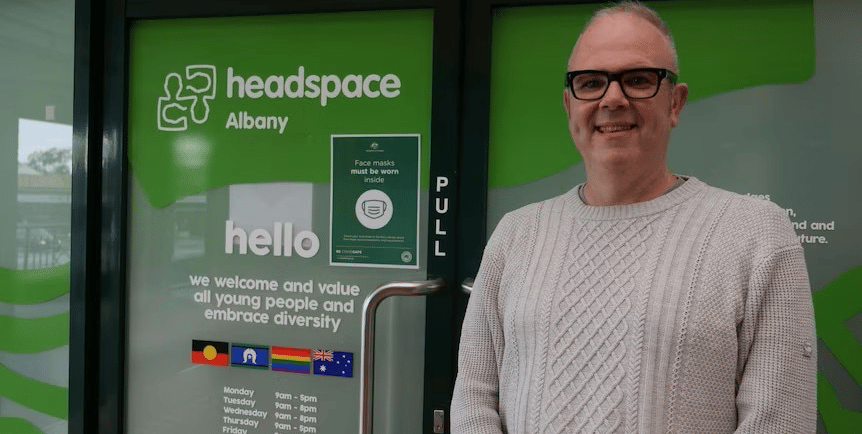The Silence of the Wire: Navigating the Unseen Divide in Regional Australia
As digital access becomes increasingly precarious for teenagers in regional Western Australia, we explore the profound consequences of severing their most vital lifeline and ask what it means to belong in an age of mandated disconnection.
CREATORS


The Silence of the Wire: Navigating the Unseen Divide in Regional Australia
A quiet severing is underway, not of roads or power lines, but of the invisible threads that connect a generation. In the vast, open landscapes of regional Western Australia, where distance is a fundamental constant of life, a new form of isolation looms. For teenagers navigating the already complex terrain of adolescence, the digital world has long been more than a simple convenience; it is a landscape of belonging, a critical space for community and self discovery. Now, as the discourse gravitates towards restriction and control, we stand on the precipice of a decision that could deepen the very isolation we claim to be solving, leaving a generation unheard and unseen. The debate is not merely about screen time, but about the very architecture of modern connection.
The impulse to shield young people from the perceived harms of the digital age is an understandable one, born from a place of genuine concern. Yet, this protective instinct often fails to account for a crucial reality: for many, the digital realm is the primary forum for socialisation. In communities where the nearest neighbor is a long drive away and organised youth activities are scarce, online platforms provide an essential conduit to friendship, shared interests, and vital support networks. Statistics consistently highlight the elevated rates of mental health challenges among rural youth, a reality compounded by limited access to specialised services. For these teenagers, a curated online community is not a distraction; it is a lifeline. It is the place where they can find others who understand their unique pressures, celebrate their niche passions, and offer solidarity in moments of struggle, all without the logistical and geographical barriers that define their physical world.
Consider the story of a young artist in the Wheatbelt, whose creative talents find an audience and a marketplace not in a local gallery, but on a global platform. Think of the student in the Kimberley, collaborating on a project with peers across the country, gaining exposure to ideas and perspectives that enrich their education in ways a local curriculum might not. These are not edge cases; they are emblematic of how digital connectivity fosters resilience, opportunity, and a sense of a larger world. Removing this access under a broad, sweeping ban is a blunt instrument for a delicate problem. It risks pathologizing the very tools these young individuals have skillfully adapted for their social and emotional survival. It presumes that the physical world offers an equal substitute, a premise that anyone familiar with the beautiful, challenging tyranny of distance in regional Australia knows to be false. The conversation must therefore evolve beyond a simple binary of online versus offline, good versus bad. It must become a more nuanced exploration of digital literacy, of building resilience, and of empowering teenagers to navigate their world with discernment, rather than simply removing a part of it.
True leadership does not reside in the blunt force of prohibition, but in the thoughtful cultivation of environments where young people can thrive, both online and off. The challenge before us is not to sever connections, but to strengthen them in more meaningful ways. It is a call to invest in community infrastructure, to bolster mental health resources, and to champion educational initiatives that equip teenagers with the critical thinking skills needed to engage with the digital world safely and effectively. We must ask ourselves if we are building taller fences or longer tables. The answer will define the landscape of opportunity and wellbeing for an entire generation. The path forward lies not in enforced silence, but in fostering a more resilient, connected, and understood youth, armed with the tools to build their own futures, no matter where they call home.
All rights belong to their respective owners. This article contains references and insights based on publicly available information and sources. We do not claim ownership over any third-party content mentioned.


